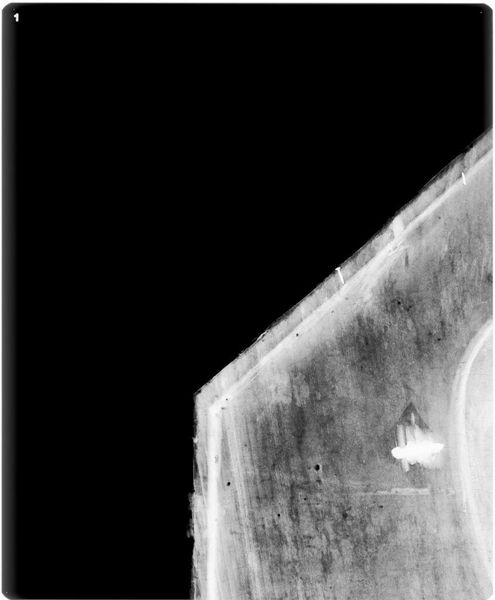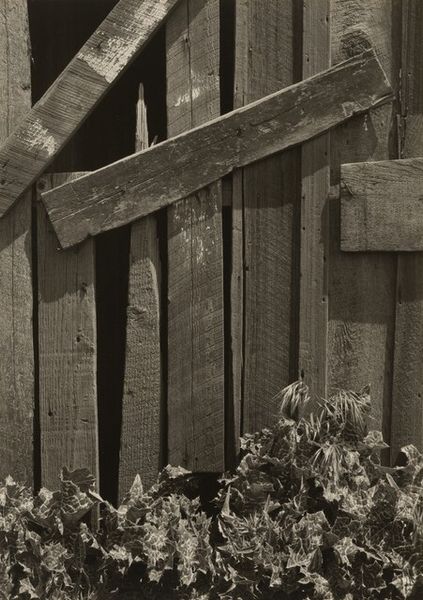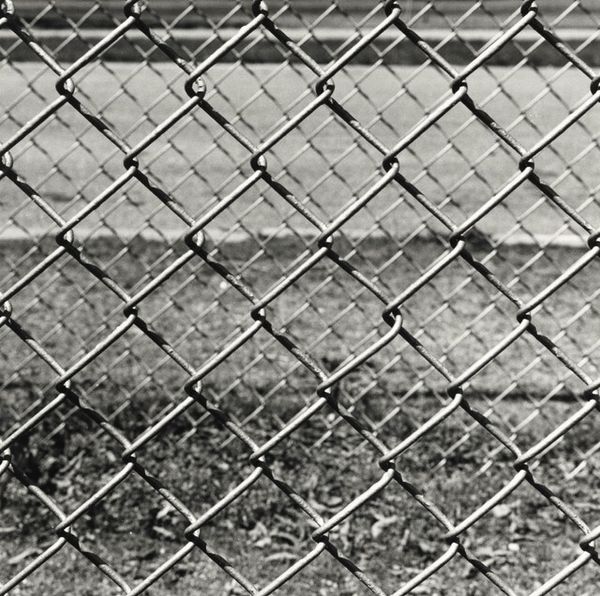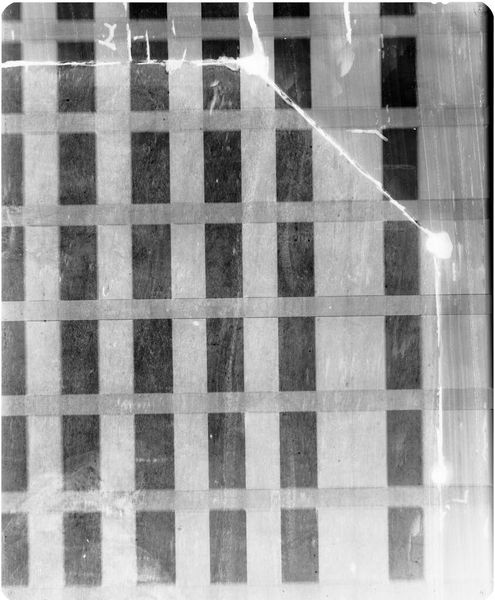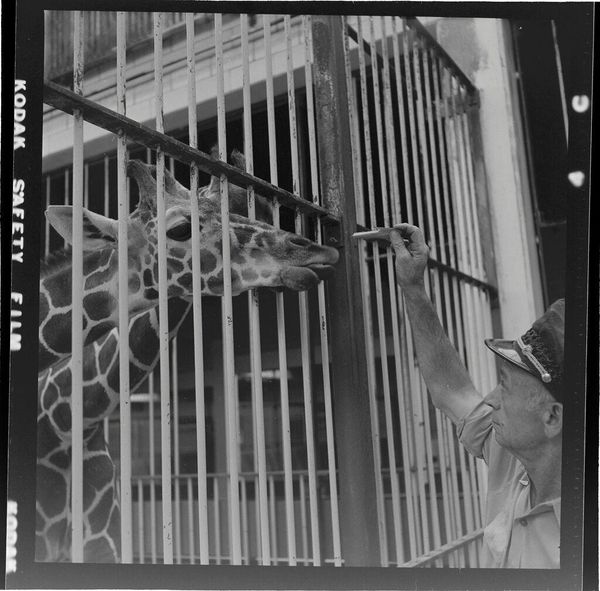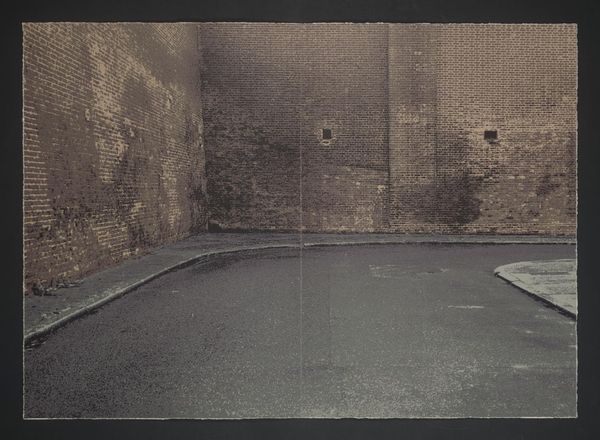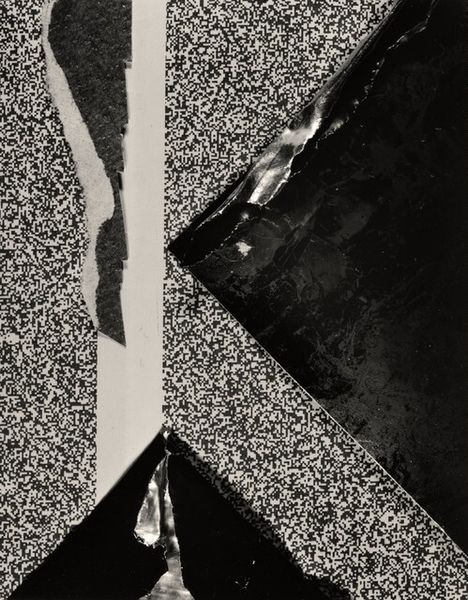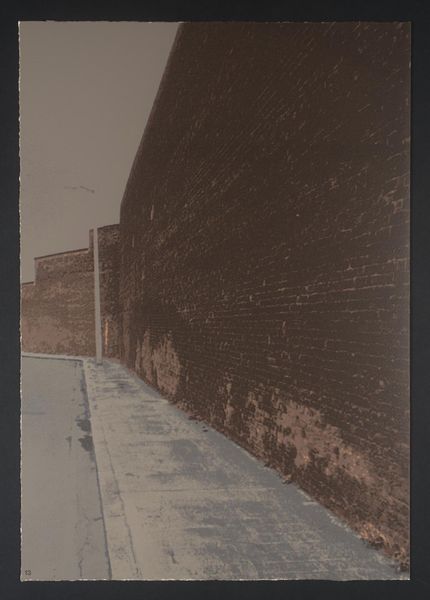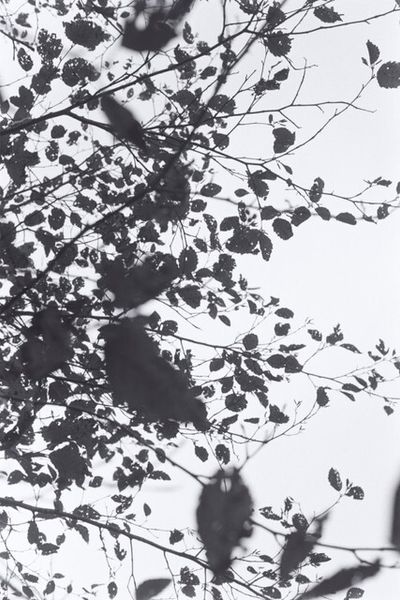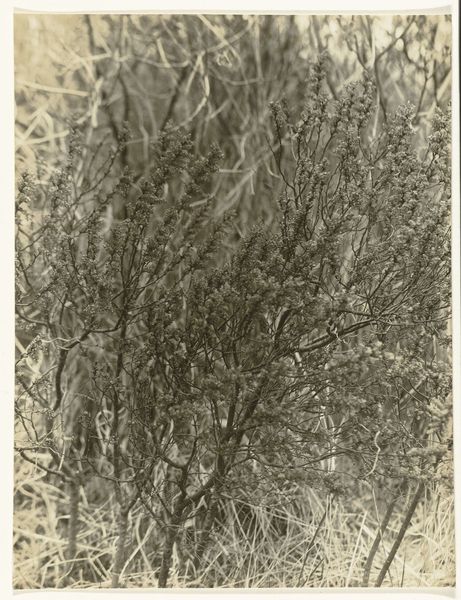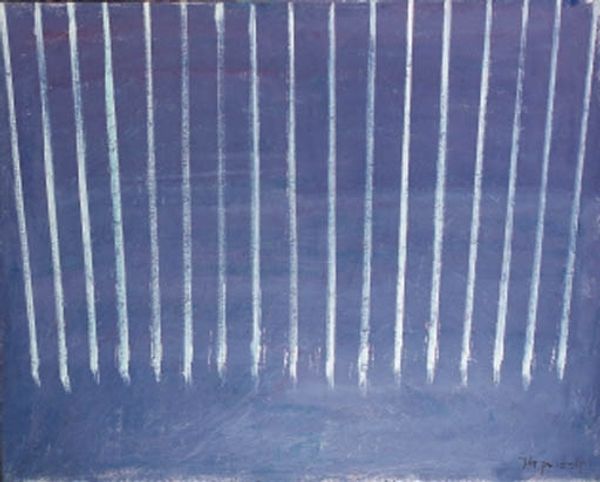
photography, gelatin-silver-print
#
portrait
#
17_20th-century
#
street-photography
#
photography
#
gelatin-silver-print
#
ashcan-school
#
realism
Copyright: Public Domain
Karl Theodor Gremmler took this photograph, titled 'Documentation of Deep-Sea Fishing' we don't know when, or with what equipment. The high-contrast monochrome and oblique angle create a sense of disorientation. It’s not easy to tell what is going on or what the image depicts. The stark contrast reminds me of Franz Kline, or maybe even some of the German Expressionist woodcuts – that really graphic sensibility. The bars dominate the foreground. They create a cage-like structure, as if the viewer were trapped. We glimpse a figure below, their form obscured, hard at work. Is he fishing? It is far from clear. But perhaps this is the point. The image becomes about the act of seeing itself. It challenges our perception. What do we expect from an image, and how do we construct meaning from fragmented information? This piece invites us to embrace ambiguity, to find beauty in the unknown, and to question the very nature of representation. Like a Gerhard Richter painting, it hovers between abstraction and figuration.
Comments
stadelmuseum about 2 years ago
⋮
Karl Theodor Gremmler belonged to the generation that embarked on their careers after the National Socialist accession to power. He specialized in photos of industrial food production. His customers included the biscuit manufacturer Bahlsen, “Kaffee HAG”, and above all the Hochseefischerei- Gesellschaft Hamburg, Andersen & Co. K. G. Gremmler photographed the products’ entire process chain from the harvest or catch to the packaging. The photo book Men at the Net, published in 1939 on his own initiative, is a detailed portrayal of navigation and fishing. With the aid of harsh shadows, oblique perspectives, and views from below, his scenes of workers in heroic poses were meant to convey the progressiveness of the German food industry. The design principles served the purposes of Nazi propaganda, which generously sponsored advertising measures of this kind.
Join the conversation
Join millions of artists and users on Artera today and experience the ultimate creative platform.
